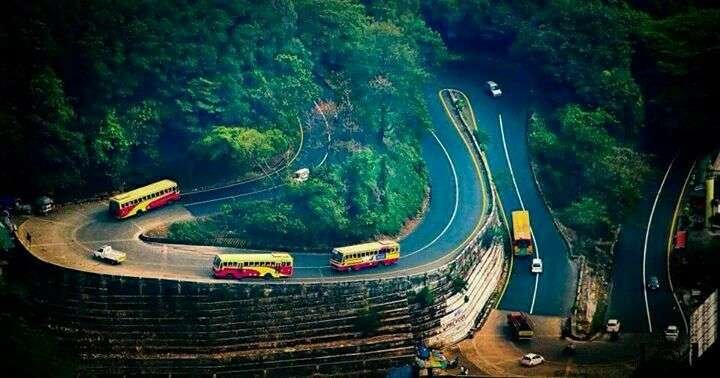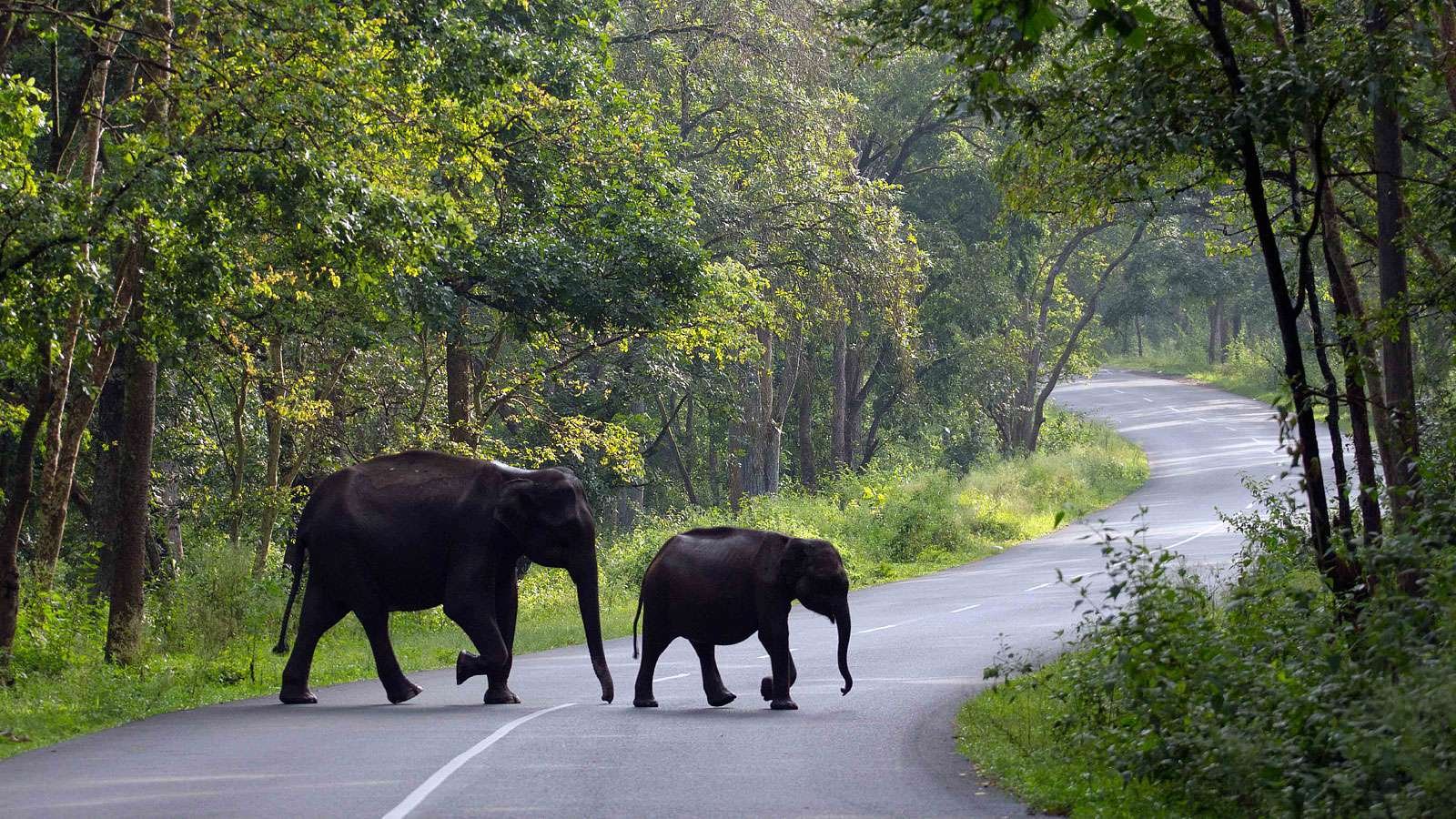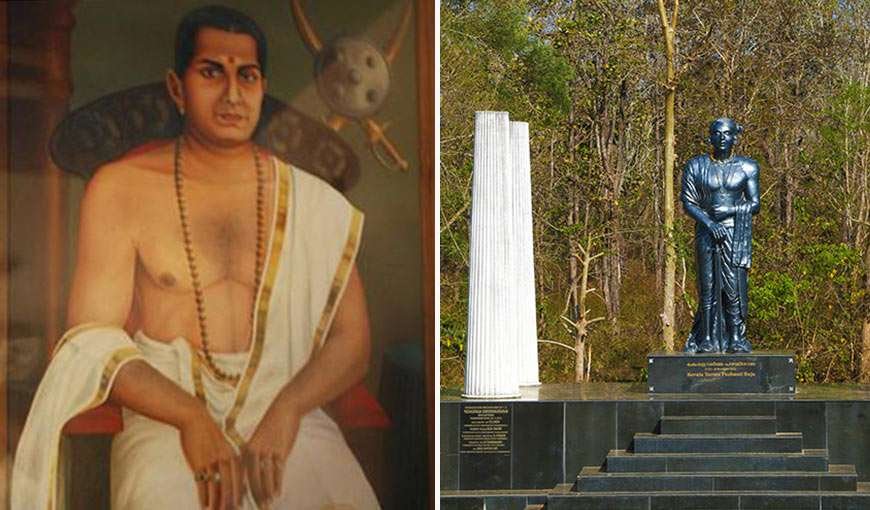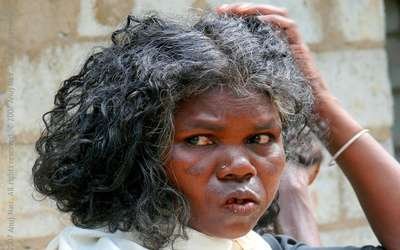Wayanad
HISTORY
Wayanad, One of the fourteen districts in Kerala (India) is situated in an elevatedpicturesque mountainous plateau in Western Ghats. It lies between north latitude 11degree 26’28’’ and 11degree 48’22’’ and east longitude 75 degree 46’38’’ and 76 degree 26’11’’.
There is a land not far from Calicut, the city of Zamorins, yet a world apart from Kerala’sagricultural and industrial epicentres. It is a quiet place where scenic beauty wild life andtraditional matter, simplicity is a virtue and beauty still blossoms from the mountainous horizon and from the green glaze of alluring vegetation. This is Wayanad – the green paradise – the border world of greener part of Kerala. Clean and pristine, enchanting and hypnotising this land has a history and mystery, culture and social epistemology yet to be discovered. Located at a distance about 76 km. from the sea shores of Calicut in the Western Ghats, this station is full of plantations, forests and wildlife. Wayanad hills are contiguous to Mudumala in Tamil Nadu and Bandhipur in Karnataka, thus forming a vast land mass for the wild life to move about in its most natural abode.




The name Wayanad has been derived from the expression ‘Vayal nadu’ – the village of paddy fields.
In the ancient times this land was ruled by the Rajas of the Veda tribe. In later times, Wayanad came under the rule of Pazhassi Rajas of Kottayam royal dynasty. When Hyder Ali became the ruler of Mysore, he invaded Wayanad and brought it under his way. In the days of Tipu, Wayanad was restored to the Kottayam royal dynasty. But Tipu handled entire Malabar to the British after the Sreerandapattam truce that he made with them. This was followed by fierce encounters between the British and Kerala Varma Pazhassi Raja of Kottayam. Even when the Rajah was driven to the wilderness of Wayanad he waged several battles with his Nair and Kurichia-Kuruma tribal soliders against the British troops and defeated the latter several times through guerilla type encounters. The British could get only the dead body of the Rajah who killed himself somewhere in the interior forest. Thus Wayanad fell into the hands of British, and with it began a new turn in the history of this area. The Britishers opened up the Plateau for cultivation of tea and other cash crops. Roads were laid across the dangerous slopes of Wayanad from Calicut and Telicherry. These roads were extended to the city of Mysore and to Ooty through Gudalur. Roads facilities provided opportunities for the people of outside Wayanad to flow and settle to these jungle regions.
